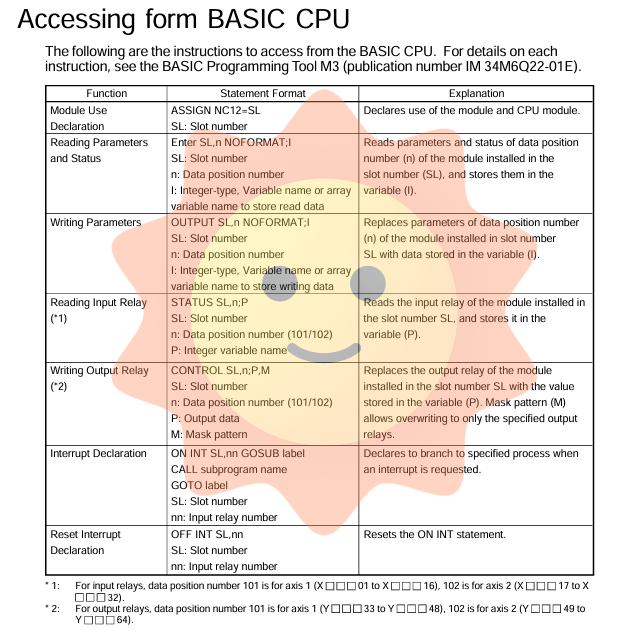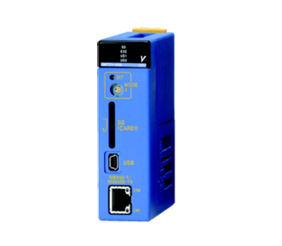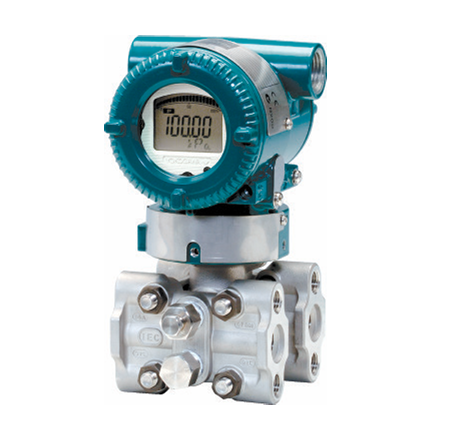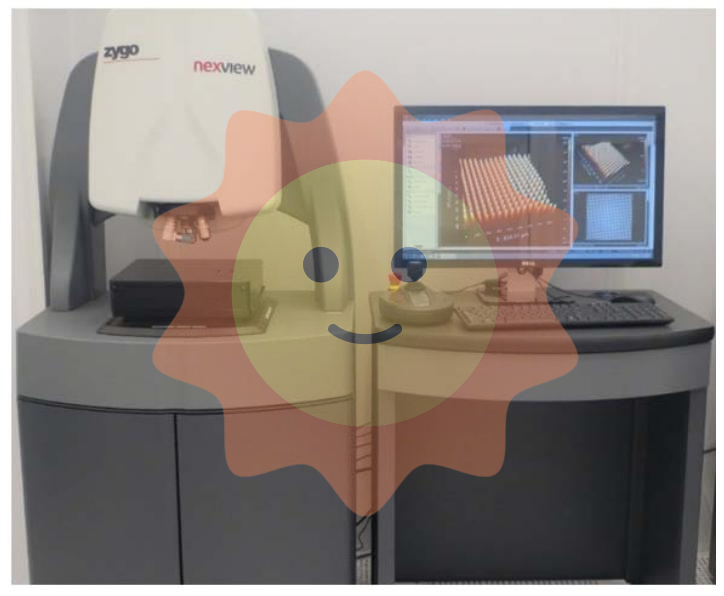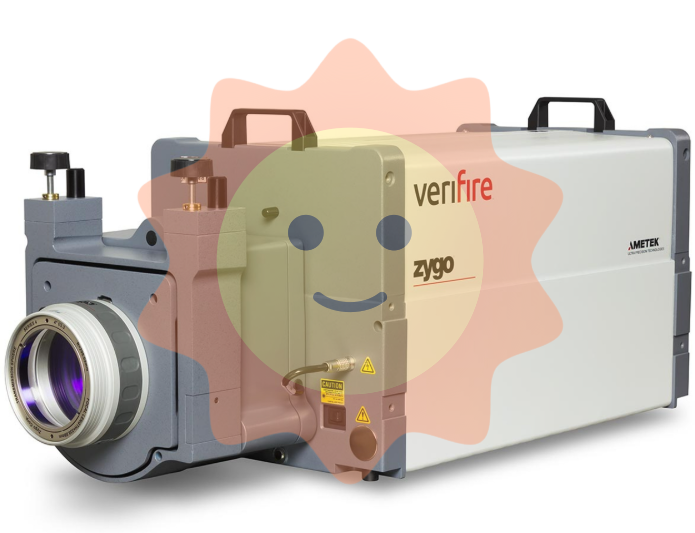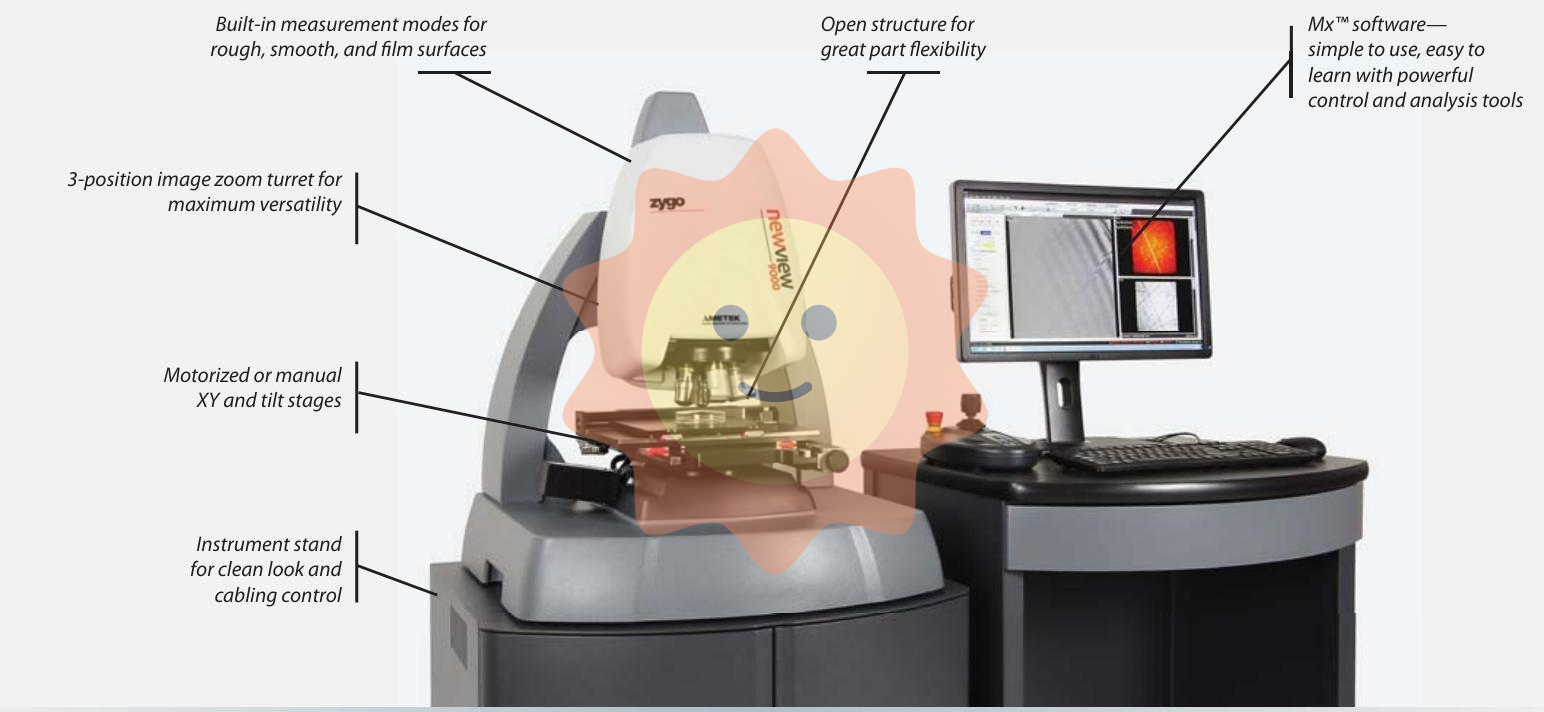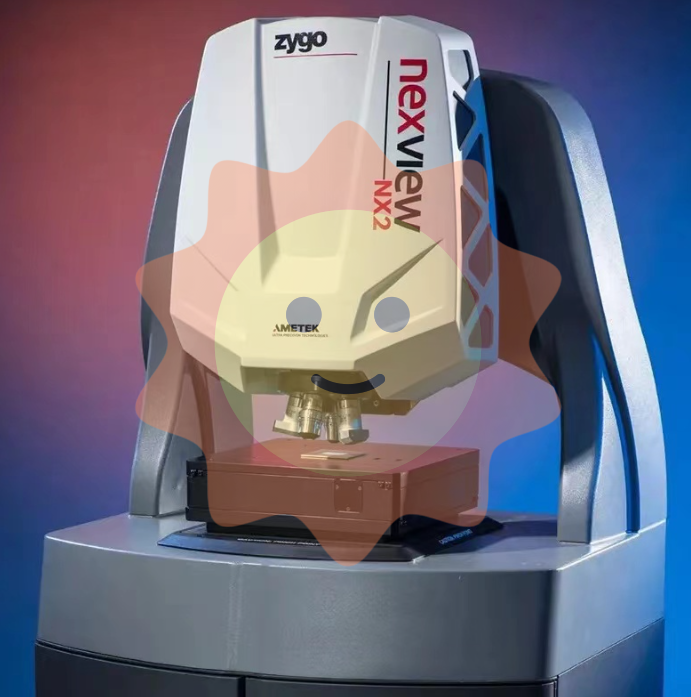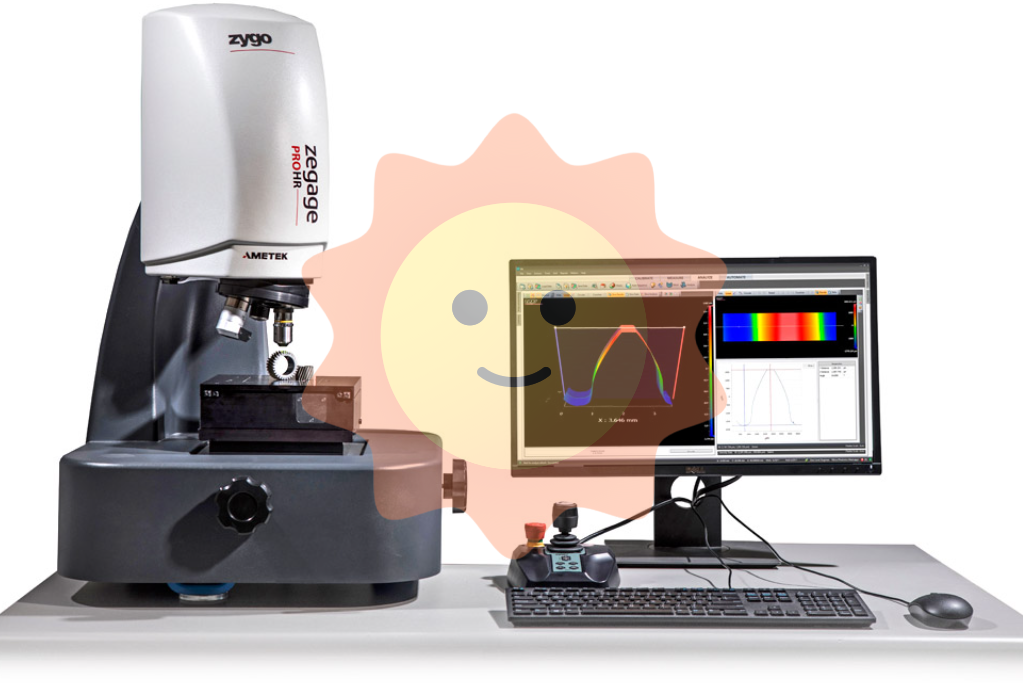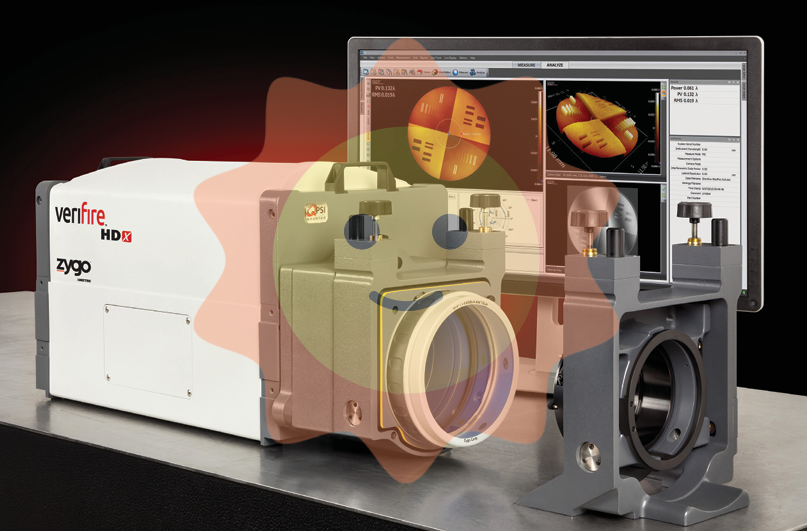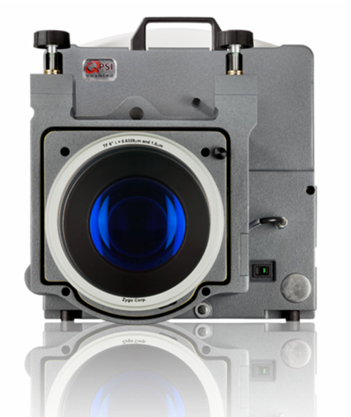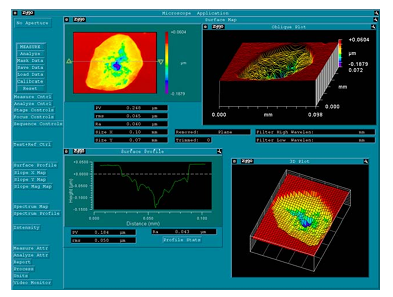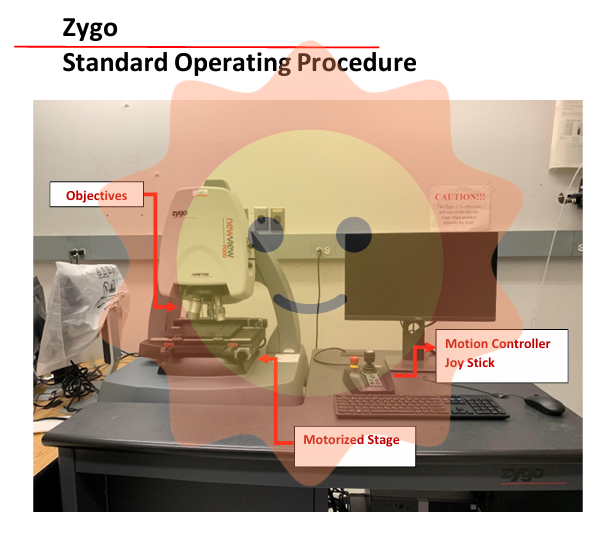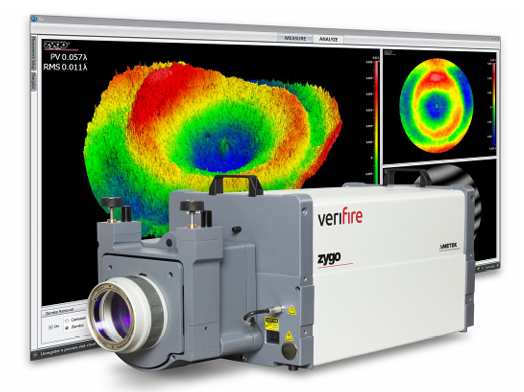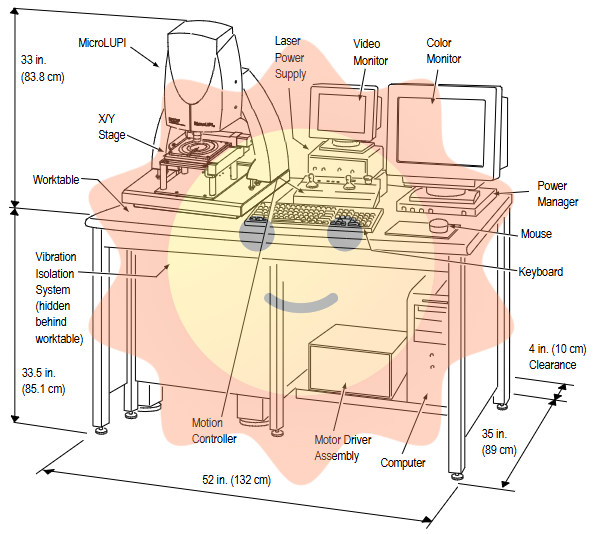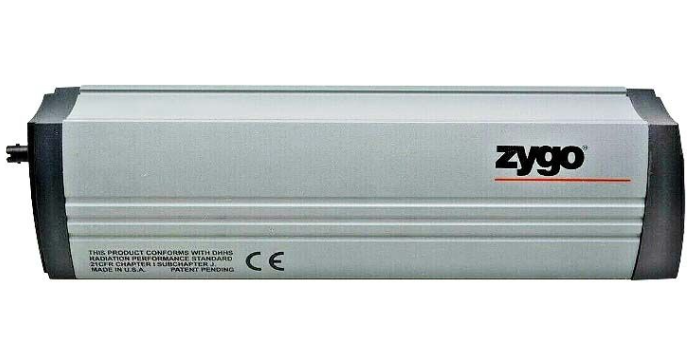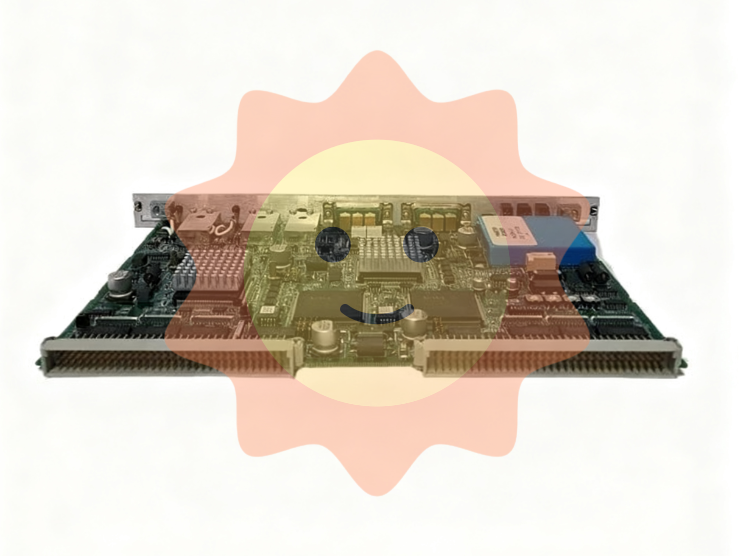ABB LWN2660-6 is a high-performance high-voltage industrial controller designed specifically for high-voltage industrial scenarios, belonging to ABB's high-voltage automation control product series. Its core function is to achieve operation status monitoring, precise control, and fault safety disposal of high-voltage equipment such as high-voltage circuit breakers, high-voltage frequency converters, and high-voltage motors. Its model code follows ABB's high voltage control product specifications, with "LWN" as the core prefix for high voltage control products, representing that the controller is compatible with medium to high voltage (usually 10kV and above) industrial systems; 2660-6 "is the specific model identification, covering details such as hardware version, control capacity, and functional module configuration, which can meet the control needs of different high-voltage industrial scenarios.
ABB LWN2660-6 High-Voltage Industrial Controller
Product Overview
ABB LWN2660-6 is a high-performance high-voltage industrial controller designed specifically for high-voltage industrial scenarios, belonging to ABB's high-voltage automation control product series. Its core function is to achieve operation status monitoring, precise control, and fault safety disposal of high-voltage equipment such as high-voltage circuit breakers, high-voltage frequency converters, and high-voltage motors. Its model code follows ABB's high voltage control product specifications, with "LWN" as the core prefix for high voltage control products, representing that the controller is compatible with medium to high voltage (usually 10kV and above) industrial systems; 2660-6 "is the specific model identification, covering details such as hardware version, control capacity, and functional module configuration, which can meet the control needs of different high-voltage industrial scenarios.
The controller adopts a hardware architecture with high protection and strong electromagnetic interference resistance, integrating functions such as high-voltage signal acquisition, logical operation, control instruction output, and safety interlocking. It can seamlessly cooperate with ABB high-voltage protection devices and SCADA systems (Supervisory Control And Data Acquisition), and access the high-voltage industrial automation network through standardized high-voltage communication protocols. It provides a stable, safe, and reliable core control unit for high-voltage equipment control in fields such as power transmission, metallurgy, and petrochemicals, and is widely used in high-voltage substations, large industrial plant high-voltage distribution systems, and high-voltage production equipment control circuits.
Specification parameters
Electrical characteristics
Working voltage: DC 220V/110V (allowable fluctuation range ± 20%, suitable for commonly used DC power supply in high-voltage systems); Power consumption: normal operation ≤ 15W, maximum load ≤ 30W; High voltage signal input type: voltage signal (suitable for PT secondary side 100V), current signal (suitable for CT secondary side 5A/1A)
Interface configuration
High voltage analog input (AI): 6 channels (voltage/current signals, accuracy ± 0.2%); High voltage digital input (DI): 12 channels (adapted to passive contact signals of high-voltage equipment, such as the opening and closing positions of high-voltage circuit breakers and the status of high-voltage isolating switches); High voltage digital output (DO): 8 channels (relay output, capacity AC 250V/10A, DC 30V/10A, used to drive the control circuit of high-voltage equipment); Communication interface: 2 Ethernet ports (10/100M adaptive, supporting IEC 61850-8-1 protocol), 1 RS485 port (supporting Modbus RTU protocol, used to connect high-voltage auxiliary equipment)
Performance parameters
Control logic response time: ≤ 50ms; High voltage analog acquisition update cycle: ≤ 100ms; Relay output action time: ≤ 30ms; Fault record capacity: capable of storing 500 historical events (including timestamps, accuracy ± 0.1s, meeting the requirements of high-voltage system fault tracing)
Environment and Structure
Working temperature: -30 ℃~+75 ℃ (wide temperature design, suitable for outdoor/high temperature operating environment of high-voltage equipment); Storage temperature: -40 ℃~+85 ℃; Protection level: IP54 (module body, resistant to dust and water vapor in the operating environment of high-voltage equipment), IP20 (internal wiring terminals); Installation method: Fixed installation inside the high-voltage control cabinet (size: 400mm × 300mm × 150mm, suitable for standard high-voltage cabinet installation space)
Performance characteristics
High voltage withstand and strong anti-interference design: adopting high-voltage isolation technology, the voltage withstand level of the analog input circuit is ≥ 2500V AC (1min), and the voltage withstand level of the digital input/output circuit is ≥ 1500V AC (1min), which can effectively isolate the strong electric field interference of the high-voltage system; At the hardware level, integrated electromagnetic compatibility (EMC) protection circuits meet the IEC 61000-4 series immunity standards (such as 4kV surge immunity and 10V/m electric field immunity), ensuring stable operation in strong electromagnetic environments of high-voltage equipment.
Comprehensive high-voltage signal processing capability: supports 6 channels of high-voltage analog input, can simultaneously collect three-phase voltage and three-phase current signals of high-voltage lines, accurately monitor key parameters such as voltage amplitude, current size, power factor, etc. of high-voltage systems; 12 high-voltage digital inputs can obtain real-time operation status of high-voltage equipment (such as high-voltage circuit breaker opening and closing status, high-voltage grounding switch position, equipment alarm contacts), providing comprehensive status basis for high-voltage control logic; The output of 8-channel high-power relays can directly drive the control circuit of high-voltage equipment (such as the closing coil and opening coil of high-voltage circuit breakers), without the need for additional high-voltage intermediate relays, simplifying the design of high-voltage control circuits.
Efficient digital communication and integration: equipped with 2 Ethernet ports and native support for IEC 61850 digital protocol, it can be directly connected to high-voltage substation automation systems or industrial high-voltage SCADA systems, realizing remote issuance of high-voltage control instructions, real-time uploading of high-voltage equipment operation data, and remote configuration of controller parameters; Simultaneously compatible with Modbus RTU protocol, it can achieve data exchange with auxiliary equipment in high-voltage systems (such as high-voltage lightning arrester online monitoring device, high-voltage cable fault indicator), improving the overall automation integration level of high-voltage systems; The controller supports IEC 61850-9-2 sampling value transmission and can directly receive the sampling data from the merging unit (MU), reducing errors in the signal transmission process.
Complete safety interlock and fault protection functions: Built in high-voltage system specific safety interlock logic, such as "prohibit high-voltage circuit breaker from closing when high-voltage isolation switch is not disconnected" and "prohibit high-voltage equipment from starting when high-voltage grounding switch is closed", to prevent misoperation from causing high-voltage accidents; Equipped with high-voltage equipment fault protection function, when detecting high-voltage overvoltage (exceeding 1.2 times the rated voltage), high-voltage overcurrent (exceeding 10 times the rated current), or high-voltage phase loss, it can quickly trigger DO output to cut off the power supply of high-voltage equipment, and upload fault information to the higher-level system through the communication interface; Automatically record fault events of high-voltage equipment (including voltage and current waveform data at the time of fault occurrence), facilitating operation and maintenance personnel to analyze the cause of the fault and shorten the troubleshooting time.
Working principle
The ABB LWN2660-6 high-voltage industrial controller has the core workflow of "high-voltage signal acquisition logic operation and safety interlocking control command output status feedback and fault recording", and the specific mechanism is as follows:
High voltage signal acquisition stage: Receive voltage and current signals (secondary side signals converted by PT and CT) from the high-voltage system through AI interface, convert them into digital quantities through high-precision ADC (analog-to-digital converter), and remove harmonic interference from the high-voltage signal through hardware filtering circuit to ensure the accuracy of the collected data; Receive passive contact signals of high-voltage equipment (such as the opening and closing positions of high-voltage circuit breakers and the status of high-voltage isolation switches) through DI interfaces, convert them into digital signals through photoelectric isolation circuits, and achieve electrical isolation between the status of high-voltage equipment and the internal circuits of the controller, ensuring the safe operation of the controller.
Logic operation and safety interlock stage: Based on the internal preset high-voltage control logic (such as "allowing the high-voltage motor to start when the high-voltage bus voltage is normal and the high-voltage isolation switch is closed" and "triggering the motor to trip when the high-voltage motor current exceeds 1.5 times the rated value for 5 seconds"), real-time operation is performed on the collected high-voltage analog and digital signals; Simultaneously execute the high-voltage safety interlock logic and perform safety verification on all control instructions. If there is any operation that violates the safety interlock rules (such as issuing a closing instruction without disconnecting the high-voltage grounding switch), the controller will refuse to execute the instruction and trigger an alarm signal; The control logic and safety interlock rules can be remotely configured through the IEC 61850 protocol of the higher-level system, or modified through local dedicated debugging software, without the need to replace hardware to adapt to different high-voltage control scenarios.
Control instruction output stage: When the logical operation meets the control conditions and passes the safety interlock verification, the controller drives the corresponding DO relay output to send control instructions to the high-voltage equipment control circuit (such as closing the high-voltage circuit breaker and starting the high-voltage motor); The output circuit is equipped with a surge suppression circuit (RC absorption circuit) and an overcurrent protection circuit to reduce electromagnetic interference generated during relay operation, prevent surge voltage damage to the controller output contacts in the high-voltage equipment control circuit, and automatically cut off the output when the output circuit current exceeds 10A, protecting the controller and high-voltage equipment.
Status feedback and fault recording stage: Real time monitoring of its own operating status (working voltage, communication link, output circuit load) and high-voltage equipment operating status (voltage, current, equipment position), uploading operating data to the higher-level monitoring system through Ethernet port or RS485 interface; If abnormal conditions are detected (such as controller operating voltage below 80% of rated value, high voltage overvoltage, communication interruption), immediately trigger local alarms (such as alarm indicator flashing), and send alarm signals to the high voltage system alarm circuit through DO output; Simultaneously automatically record fault events (including fault occurrence time, fault type, and high-voltage parameters at the time of fault) to local storage, providing detailed data support for subsequent high-voltage system fault analysis and operation.
Precautions
Selection and system matching: When selecting, it is necessary to confirm that the working voltage of the controller is consistent with the DC power supply of the high-voltage system (DC 220V or 110V), to avoid voltage mismatch that may cause the controller to burn out; According to the PT and CT transformation ratios of the high-voltage system, configure the analog input parameters of the controller (such as selecting 5A or 1A current input type) to ensure that the collected high-voltage signals accurately reflect the actual operating status; Confirm that the DO output capacity of the controller matches the load of the high-voltage equipment control circuit. If driving high-power high-voltage equipment (such as the closing coil of a high-voltage inverter), additional high-voltage contactors need to be configured to expand the capacity and prevent overloading of the controller's DO output.
Installation and wiring specifications: When installed inside the high-voltage control cabinet, it is necessary to maintain a distance of at least 30cm from high-voltage equipment such as high-voltage busbars and high-voltage circuit breakers to reduce the interference of strong electric fields on the controller; Strictly distinguish between high voltage and low voltage circuits when wiring. The AI, DI, and DO circuits (low voltage circuits) of the controller use shielded twisted pair cables (cross-sectional area ≥ 1.0mm ²), and the shielding layer is grounded at one end (grounding resistance ≤ 4 Ω). The high voltage circuit cables should be kept at least 10cm away from the controller wiring terminals to prevent high voltage breakdown; The wiring terminals need to be tightened with a torque wrench (1.2-1.5N · m) to prevent loose wiring caused by high-voltage vibration, which may lead to poor contact or arc discharge.
Debugging and parameter configuration: Before operation, the controller needs to be configured with specialized debugging software, including PT/CT ratio, control logic threshold (such as overvoltage setting, overcurrent setting), safety interlock rules, and communication parameters (IP address, IEC 61850 logic node); Simulated high voltage signal testing: Apply standard voltage and current signals through a high voltage signal generator to check if the deviation between the AI collected value and the standard value is within ± 0.2%; Logic function testing: Simulate the status of high-voltage equipment (such as closing/opening DI contacts), verify whether the DO output operates according to the preset logic, and test the safety interlock function (such as simulating operations that violate interlock rules and confirming whether the controller refuses to execute); Communication test: Verify whether the IEC 61850 communication between the controller and the higher-level SCADA system is normal, ensuring stable data transmission and no packet loss.
Maintenance and troubleshooting: Regularly (quarterly) check the operation status of the controller, including the status of the alarm indicator lights (the power light is always on during normal operation, and the fault light is off), the tightness of the wiring terminals, and whether the cable insulation layer is damaged; Conduct a high-voltage isolation and withstand voltage test once a year to ensure that the voltage performance of the controller input/output circuit meets the requirements; If there is a communication interruption fault, it is necessary to check the Ethernet cable connection (whether it is loose or broken), IP address configuration (whether it conflicts with other devices), and communication port status of the higher-level system; If there is an abnormality in AI data collection, it is necessary to check the PT/CT secondary side wiring (whether it is reversed or poorly connected) and the controller analog input circuit (whether there is a short circuit or open circuit); If there is no action of DO output, it is necessary to check whether the output circuit fuse (10A) is blown and whether the high-voltage equipment control circuit is short circuited. When replacing the fuse or repairing, the high-voltage system power supply should be cut off first, and live operation is prohibited to ensure personnel safety.

- User name Member Level Quantity Specification Purchase Date
- Satisfaction :
-









Email:wang@kongjiangauto.com

